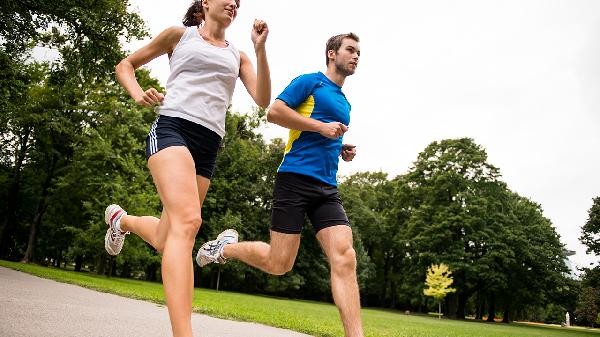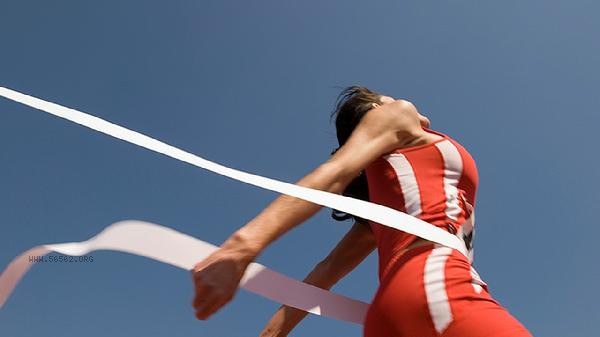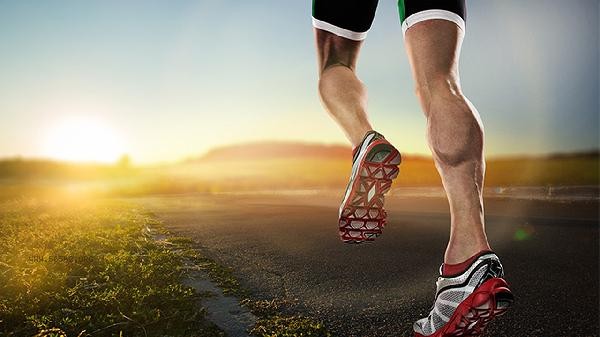Wearing slimming leg socks usually does not directly enhance exercise effectiveness, but may assist in improving blood circulation and reducing muscle fatigue to enhance athletic performance. Thin leg socks mainly promote blood reflux in the lower limbs through physical compression, suitable for people at risk of standing for long periods of time or varicose veins, but have no direct effect on fat consumption and muscle shaping. The design principle of slim leg socks is to help lower limb venous blood flow back to the heart through gradient pressure, reducing leg swelling and soreness after exercise. For lower limb exercises such as running and cycling, wearing slimming leg socks with appropriate pressure may delay the onset of muscle fatigue, allowing athletes to maintain moderate intensity training for a longer period of time. Some studies have shown that wearing leg slimming socks within 24 hours after exercise can reduce the degree of delayed muscle soreness, and this auxiliary effect has certain value for people who need continuous training.

It should be noted that slimming socks cannot replace the weight loss and muscle building effects brought by exercise itself. Fat consumption needs to be achieved through a calorie deficit, and muscle shaping relies on strength training stimulation. Overreliance on skinny leg socks may lead to misconceptions, and overly tight socks can compress nerves and blood vessels, which can actually affect athletic performance. People with normal venous function do not need to be forced to wear compression socks made of special materials during daily exercise. There are functional differences between compression socks made of special materials and ordinary slim leg socks.

When choosing sports equipment, comfort and functionality should be the main considerations. For those who are prone to lower limb swelling, medical grade second grade pressure socks can be chosen. After exercise, lifting the legs to relax will have a better effect. Maintaining regular exercise habits, combined with dietary management, is the fundamental way to improve leg shape, and any assistive equipment should be used reasonably under professional guidance. Warm up and stretch before and after exercise, paying attention to body feedback is more important than relying solely on external equipment.









Comments (0)
Leave a Comment
No comments yet
Be the first to share your thoughts!